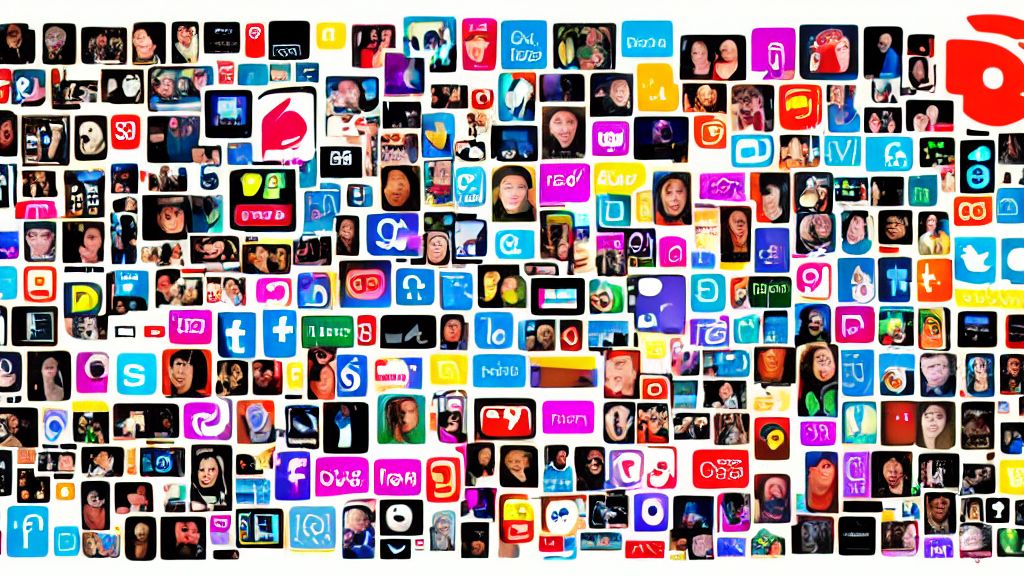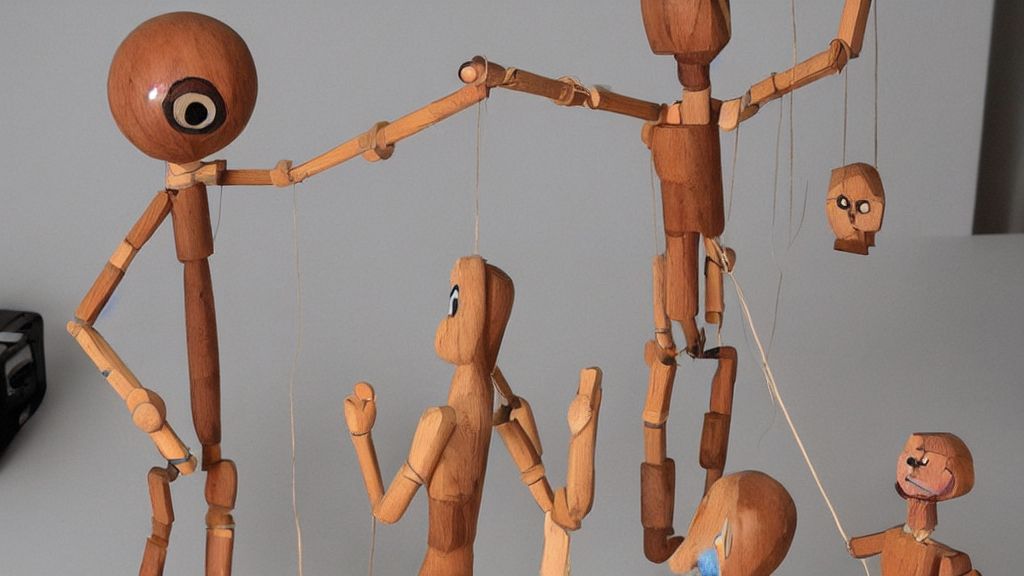This content originally appeared on HackerNoon and was authored by Mina Down
\
A History of Digital Interaction
In the early days of the Internet, digital interactions were straightforward, primarily centered around email exchanges and rudimentary chat rooms. This era marked the beginning of a digital society, where the novelty of online communication brought people together in new and exciting ways. As the Internet evolved, so did our means of interaction, culminating in the rise of social media platforms like Facebook, which redefined how we connect and share with each other.
\ Facebook introduced the concept of a social network where users could not only communicate but also share personal information, interests, and photos with a network of "friends." This platform quickly became a central hub for social interaction, transforming how people maintained relationships and shared experiences.
\ As technology advanced, new platforms emerged, each redefining the nature of digital interactions. Twitter introduced microblogging, where brevity and immediacy were key, and Instagram brought a focus on visual content, allowing users to share their lives through photos and videos. YouTube democratized video content creation, giving rise to a new wave of influencers and content creators.
The rise of dating apps like Tinder further revolutionized digital interactions, bringing them into the realm of romantic and intimate relationships. Tinder's swipe-based interface simplified the process of meeting new people, making dating more accessible and less time-consuming. This gamification of romance shifted societal norms and expectations around dating and relationships.
\

\ Fast forward to today, where platforms like TikTok dominate the landscape, not only as a medium for entertainment but as a powerful tool for social influence and cultural creation. This transition from static websites to dynamic, user-generated content has fundamentally altered the fabric of our interactions, making the concept of "social media" synonymous with everyday life.
\ Throughout this evolution, one constant has been the increasing complexity and sophistication of digital interactions. Early forums and chat rooms were replaced by platforms that offered richer, more complex ways to communicate and share. Today, social media is not just about staying connected; it's about crafting an online persona, engaging with communities, and consuming content tailored to individual preferences.
\ The brief history of digital interactions shows a clear trajectory: from basic text-based communication to rich multimedia experiences that cater to our every whim and desire.
The Emergence of Social Media Giants
The early 2000s witnessed the birth of several social media giants. YouTube revolutionized video sharing, while Facebook and Twitter introduced the concept of status updates and microblogging, respectively. Instagram brought visual storytelling to the forefront, prioritizing images over words. Each platform offered a new way to interact, with algorithms slowly beginning to play a role in shaping user experiences by prioritizing content based on perceived preferences.
\ However, it was the advent of TikTok that truly shook the foundations of digital interaction. Unlike its predecessors, TikTok's algorithm is not just a content delivery system but an active participant in the creation and dissemination of trends. The app’s short-form videos, combined with an intuitive and highly personalized For You Page (FYP), have made it a hub for viral content. TikTok's algorithm leverages artificial intelligence to analyze user behavior and preferences, providing a seemingly endless stream of tailored content. TikTok's influence extends beyond entertainment; it has become a space for education, activism, and cultural expression.
The TikTok Phenomenon: A Personal Reflection
My own experiences with TikTok mirror a common narrative. Initially, I was drawn in by the endless loop of entertaining videos on the FYP, losing track of time as I scrolled. This habitual engagement extended beyond personal use, influencing interactions with family and friends. Conversations often started with, "Did you see that video on TikTok where…," showcasing the app's influence on social discourse. This led me to ponder the algorithm's role: Is it merely catering to our tastes, or is it shaping them?
\ This realization sparked a deeper curiosity about how the TikTok algorithm operates. My informal research, largely through user experiences and observations, revealed a complex relationship between users and the algorithm. It became clear that the platform's AI-driven model not only responds to user preferences but also subtly guides them, creating a feedback loop that keeps users engaged and returning for more.
The Dictatorship of Interactions

\ The notion of free, unmediated interactions on digital platforms is an illusion. The algorithms that power these platforms, whether it's Facebook’s News Feed or TikTok's FYP, subtly dictate what we see and how we engage. This raises a profound question: Can interactions in such a context ever be truly free? The answer lies in understanding that these digital spaces are not neutral grounds but curated environments where every interaction is a transaction, often driven by data and profit motives.
\ The concept of "non-transactional" interactions, where one engages without an underlying motive, seems increasingly rare. Even simple acts of liking or commenting can be seen as part of a broader social currency exchange. This realization can be unsettling, as it challenges the idea of genuine connection in a digital age dominated by algorithms and data-driven decisions.
The Impact and Future of Digital Interactions
The impact of these platforms extends beyond personal interactions, influencing cultural norms and societal values. TikTok, for instance, has democratized content creation, allowing everyday users to become trendsetters and influencers. This shift has blurred the lines between professional and amateur content, giving rise to a new kind of digital celebrity whose influence often surpasses traditional media figures.
\ However, this power comes with challenges. TikTok, like other platforms, has faced criticism for issues ranging from privacy concerns to the spread of misinformation and extremist content. The platform's opaque algorithmic processes also raise questions about transparency and fairness. As we move forward, it is crucial to address these challenges to create a more equitable and safe digital environment.
Conclusion
The evolution of digital interactions from the early Internet to platforms like TikTok has fundamentally transformed how we communicate and interact. While these changes offer unprecedented opportunities for connection and creativity, they also pose significant challenges. As we continue to navigate this digital landscape, it is essential to critically examine the role of algorithms and the nature of our interactions, ensuring that the digital spaces we inhabit promote genuine connection and understanding.
\n
\ \
This content originally appeared on HackerNoon and was authored by Mina Down
Mina Down | Sciencx (2024-08-07T09:32:07+00:00) From Forums to Feeds: How Social Media Algorithms Shape Digital Interaction. Retrieved from https://www.scien.cx/2024/08/07/from-forums-to-feeds-how-social-media-algorithms-shape-digital-interaction/
Please log in to upload a file.
There are no updates yet.
Click the Upload button above to add an update.
